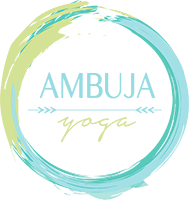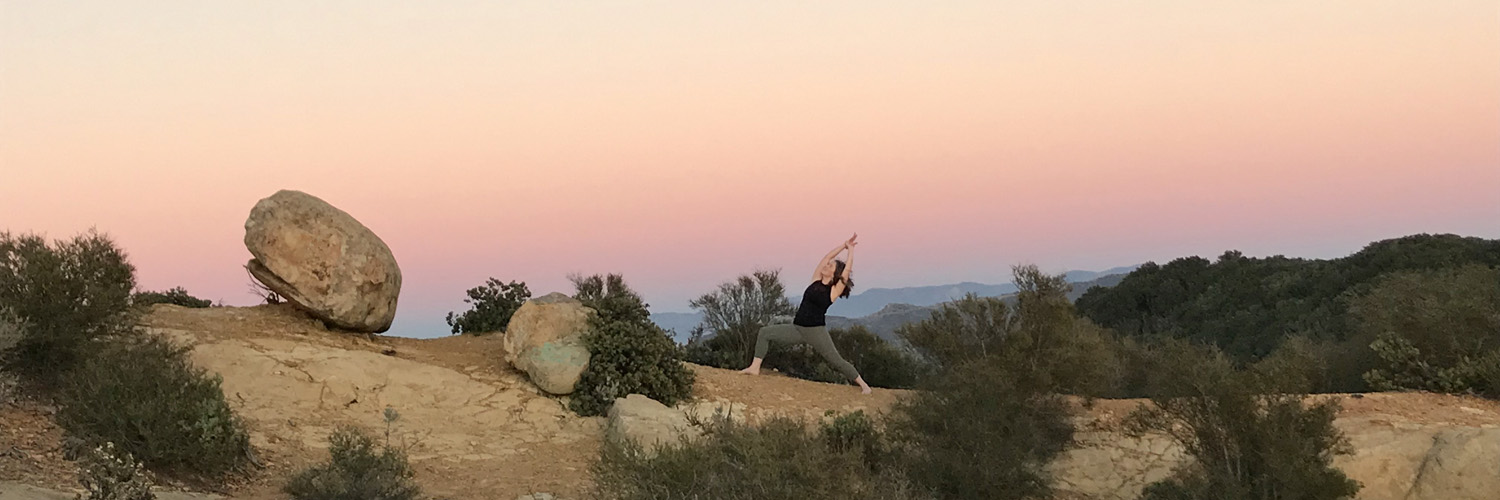Hello Yogis. I’ve created a four part series to help you and your students reduce lower back pain and I’m hoping you will find here the tools to end your lower back pain.
I myself have experienced chronic lower back pain. Here is my lower back pain story:
Many years ago and well before I was teaching yoga I made a living waiting tables and I wore terrible shoes, stood with poor posture for long shifts, and in general did not take care of my body. These years of neglect, while slinging drinks at the bar/resto, left me with incredibly tight hamstrings, lower back muscles, and hip flexors. I would come home late from work each night and my back would be a mess and I would be unbearably grumpy.
Eventually I found my way back to my yoga practice (so thankful) and my lower back pain slowly began to diminish. I’ve also found that as long as I continue to practice and continue to stretch my lower back my back pain doesn’t come back…. it’s honestly been years since I last experienced any lower back pain.
Unfortunately, lower back pain is one of the most common complaints I hear amongst new yoga students and even some long time yoga students. Common contributors to lower back pain are manual labor, sedentary lifestyle, weight gain, and poor lifting habits.
In recent years there have been a handful of research studies on the benefits of yoga and non-specific chronic lower back pain and across the board yoga and stretching are shown to reduce low back pain… something I’ve known for years based on my own personal experience and now there is scientific proof!
Part 1 includes my favorite poses to work out an achy lower back. The following 5 Yoga Poses for Low Back Pain can be sequenced into a short yoga routine for morning or night. Remember, as you begin practicing these yoga postures to go slowly and move mindfully: start with fewer repetitions, shorter holds, and take plenty of rest.
5 Yoga Poses for Low Back Pain
1. Cakravakasana
Benefits: Cakravakasana restores balance to the spine and relieves back tension
Instructions: Start on hands and knees in table top pose with hands slightly forward of shoulders and knees under hips. Inhale and draw your heart forward as shoulder blades draw in toward one another and core is engaged without arching the lower back. Cervical spine stays long with chin slightly tucked. Exhale, begin to round the lower back, drawing your navel toward your spine while maintaining length in the upper back. Begin to send your hips back toward your heels coming into a child’s pose variation and gently stretching into your lower back. Repeat with your next inhale. Repeat 5-10 times.
2. Bridge Pose (Setu Bandhasana)
Benefits: Bridge Pose stretches and strengthens the back and can alleviate low back pain, opens chest and hip flexors, strengthens core muscles and improves the flexibility of the spine and hips.
Instructions: Lie on your back, bend your knees and walk your feet in as close to your hips as is comfortable for your body, knees are hips width distance and feet are parallel to one another. Stretch your arms down by your hips, palms face down. On an inhale breath begin to curl your tailbone up toward the sky, lifting your pelvis up and gently peel your spine away from the floor to lift the belly and chest. Keep your gaze straight up at the ceiling to protect your neck. As you exhale, gently begin to roll down beginning at the upper back and ending when the tailbone reaches the ground. Repeat 5-10 times. As you begin to build strength begin to increase the length of time you spend in the posture, eventually holding for up to 15 seconds each round.
3. Cobra Pose (Bhujangasana)

Lie on your belly with chin or forehead on the mat and fingers under shoulders. Return on exhale to this posture.

Inhale to lift the heart. Keep cervical spine long by slightly tucking the chin and keep legs together and engaged.
Benefits: Cobra Pose strengthens the back extensors and stabilizes the lower back and sacrum.
Instructions: Lie on your belly, place hands under your shoulders with palms down (and slightly behind shoulders— finger tips should be behind collar bones) and elbows draw in toward your rib cage. Legs extend straight back behind you with feet and legs touching and tops of the toes pressing into the floor. Place your left ear on the ground. On inhale draw your head to center, use the strength of your back to lift your chest, shoulders and head off of the ground arching the back while legs press firmly into the ground. Exhale to lower your chest and head down to the mat, this time bring your right ear down to the mat. Repeat 5-7 times alternating the direction your head rests between rounds. When you begin to feel stronger hold the posture longer, eventually holding the posture for 30 seconds each time with slow steady breaths.
4. Figure 4 Stretch
Benefits: Figure 4 Stretch gently opens the hips, stretches the piriformis, glutes and lower back, and relieves tension in the muscles surrounding the sacrum.
Instructions: Lie on your back. Bend your knees and bring the soles of your feet to the floor. Feet and knees hips width distance from one another. To begin cross your right ankle (foot flexed) over your left thigh and allow your right knee to release out to the side (your legs creating a figure 4 shape), stay here, OR interlace your hands behind your left thigh and gently begin to draw your legs closer to your body. Try to keep your spine long, tail bone stretches down toward the floor, and shoulders relaxed. If your neck, shoulders and upper back are tight you may want a folded blanket underneath your head and neck. Hold for 30 sec to 1 minute and repeat on the other side. Gradually increase the length of time spent in the pose to two to three minutes on each side.
5. Deer Pose Twist (Supported Prone Twist)
Benefits: The Deer Pose Twist gently stretches lower back and hips. This gentle twist also stimulates the Parasympathetic Nervous System which regulates our Relaxation Response.
Instructions: To set up for the Deer Pose Twist you will want a bolster (a couple of firm pillows or a firmly folded blanket will also work perfectly) and you will place your bolster on the floor in front of you lengthwise. Starting on the right side, sit next to the short edge of the bolster with your right hip and right thigh snugged up to the short edge of the bolster and your leg bent a bit more than 90 degrees at the knee. Your top leg (left) will also have about a 90 degree angle at the knee. Snug your left knee into the sole of your right foot and allow your inner shin/calf to rest on the floor (legs look like a swastika). Turn your upper body to face your bolster and take one hand to either side of the bolster, framing the bolster and squaring your shoulders. Inhale lengthen your spine long and as you exhale gently lower your torso down onto the bolster. Left or right ear can come down to the bolster, whichever feels best on your neck. Hold the posture up to three minutes. To exit the pose use an inhale breath to lift your torso up gently and slowly and then switch sides and hold for an equal length of time.
Bonus Pose:
6. Child’s Pose (Balasana)
Benefits: Child’s Pose gently opens the lower back, hips and shoulders. Child’s Pose also helps to calm and quiet the mind.
Instructions: Begin by coming into a table top position (hands underneath shoulders and knees underneath hips) and then draw your toes to touch as you move your knees slightly wider than hips width distance. On an exhale breath send your hips back toward your heels, while stretching your arms forward with palms down on the floor. Stay here for 1-3 minutes. If you’d like a deeper stretch for your lower back draw your knees to touch (big toes touch too) before sending your hips back toward your heels.
Variation: In the wide kneed version of child’s pose you can walk your hands over to the left to stretch into your right side body and then walk your hands over toward the right stretching into your left side body.
I hope you find these exercises helpful in relieving your lower back pain. Do you have a favorite exercise for your lower back that I didn’t mention here? I’d love to hear about it; I’d also love to hear if these poses are helping your lower back. Please feel free to write below in the comments or send me a private message.
Love and Light,
Autumn Adams, RYT
Please note that Autumn Adams is a 500+ hr yoga instructor and has studied extensively with her teachers, but she is not a doctor. She asks that you please consult your doctor or physical therapist before beginning any new exercise program.
Check back soon for Part 2: 5 Poses to Strengthen Your Core and Lower Back and Reduce Low Back Pain
- 2024’s Most Inspiring Books on Yoga, Motherhood, and the Path of Transformation - March 28, 2024
- Gratitude Revolution: Simple Ways to Spark Joy in Your Life - November 21, 2023
- Yoga and the Immune System - May 17, 2021

 Ambuja Yoga
Ambuja Yoga 






